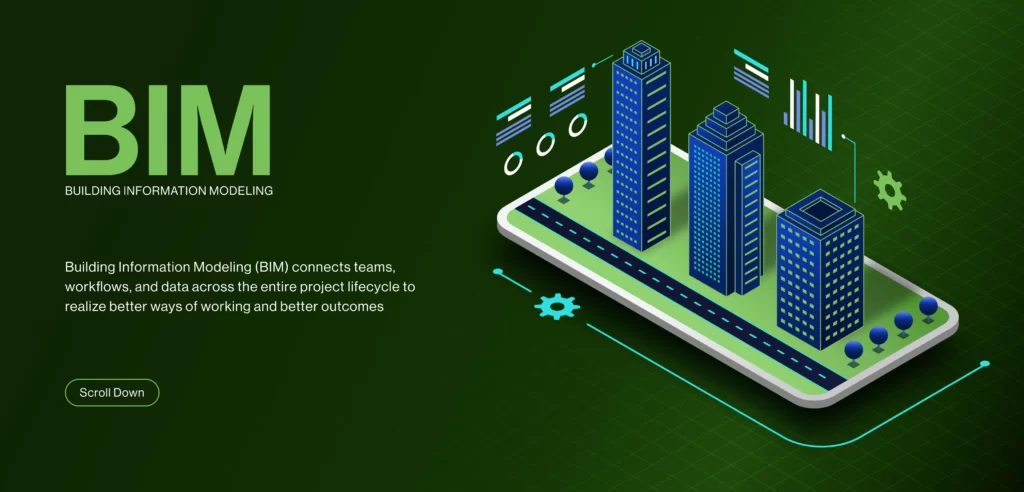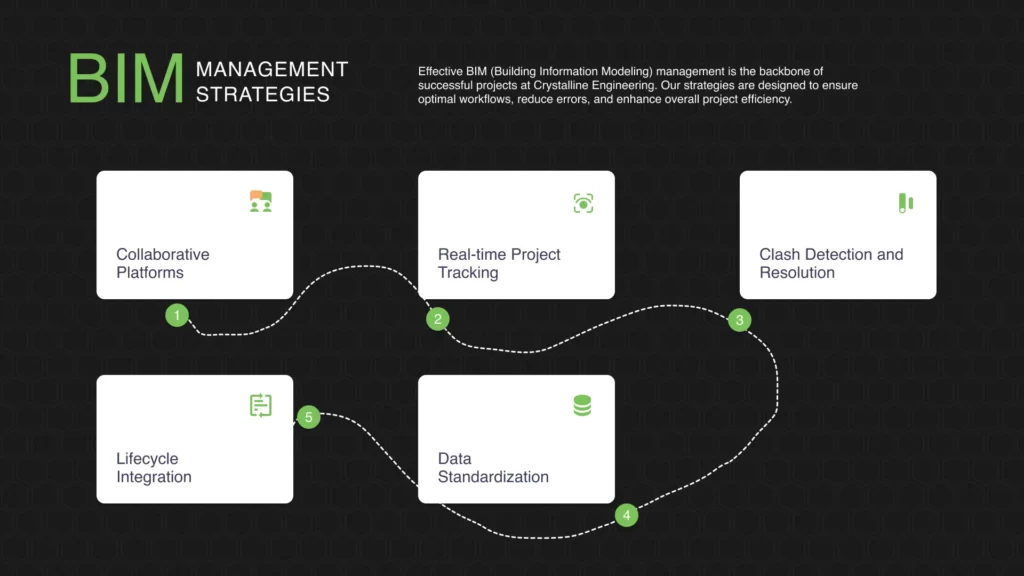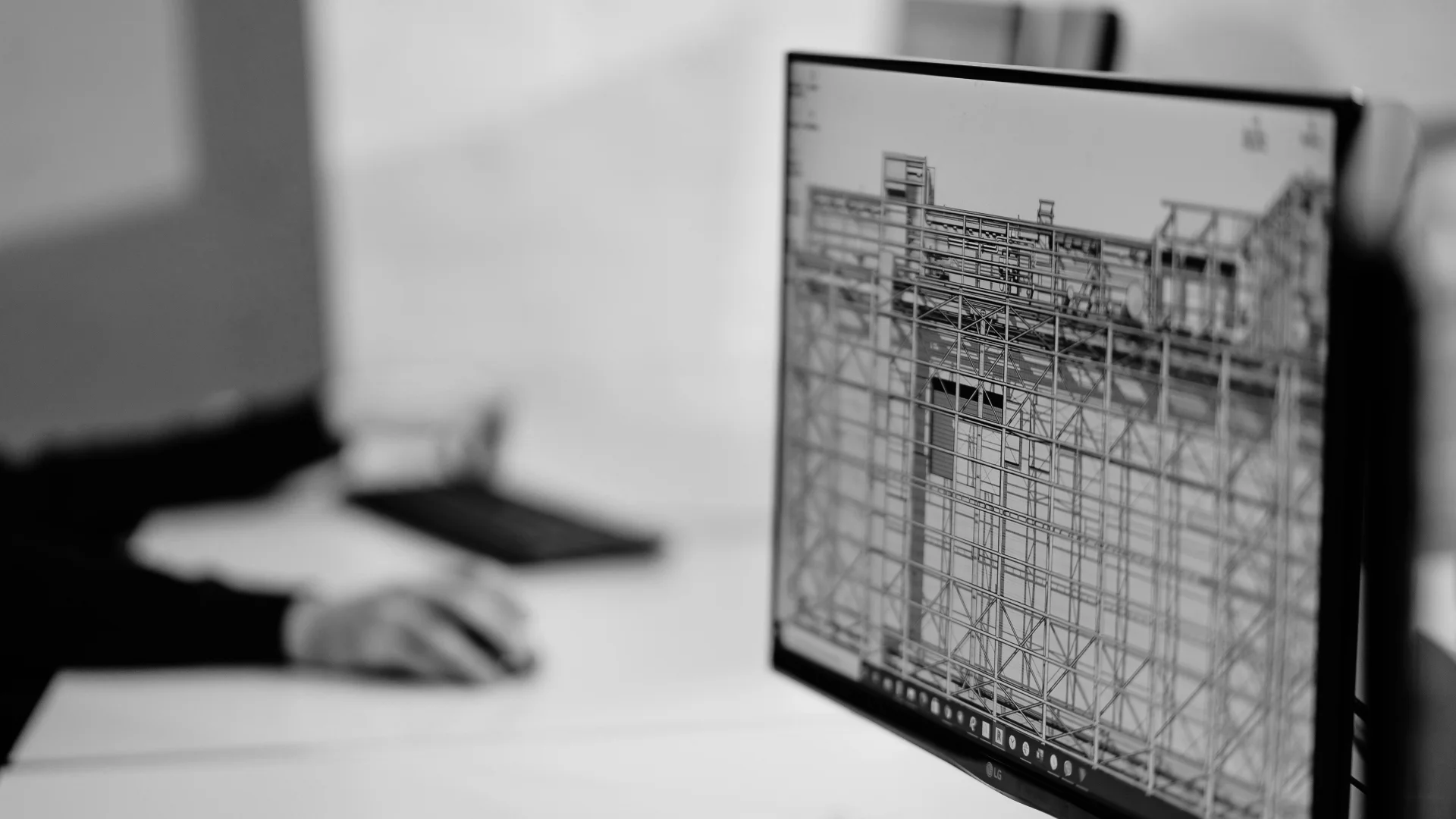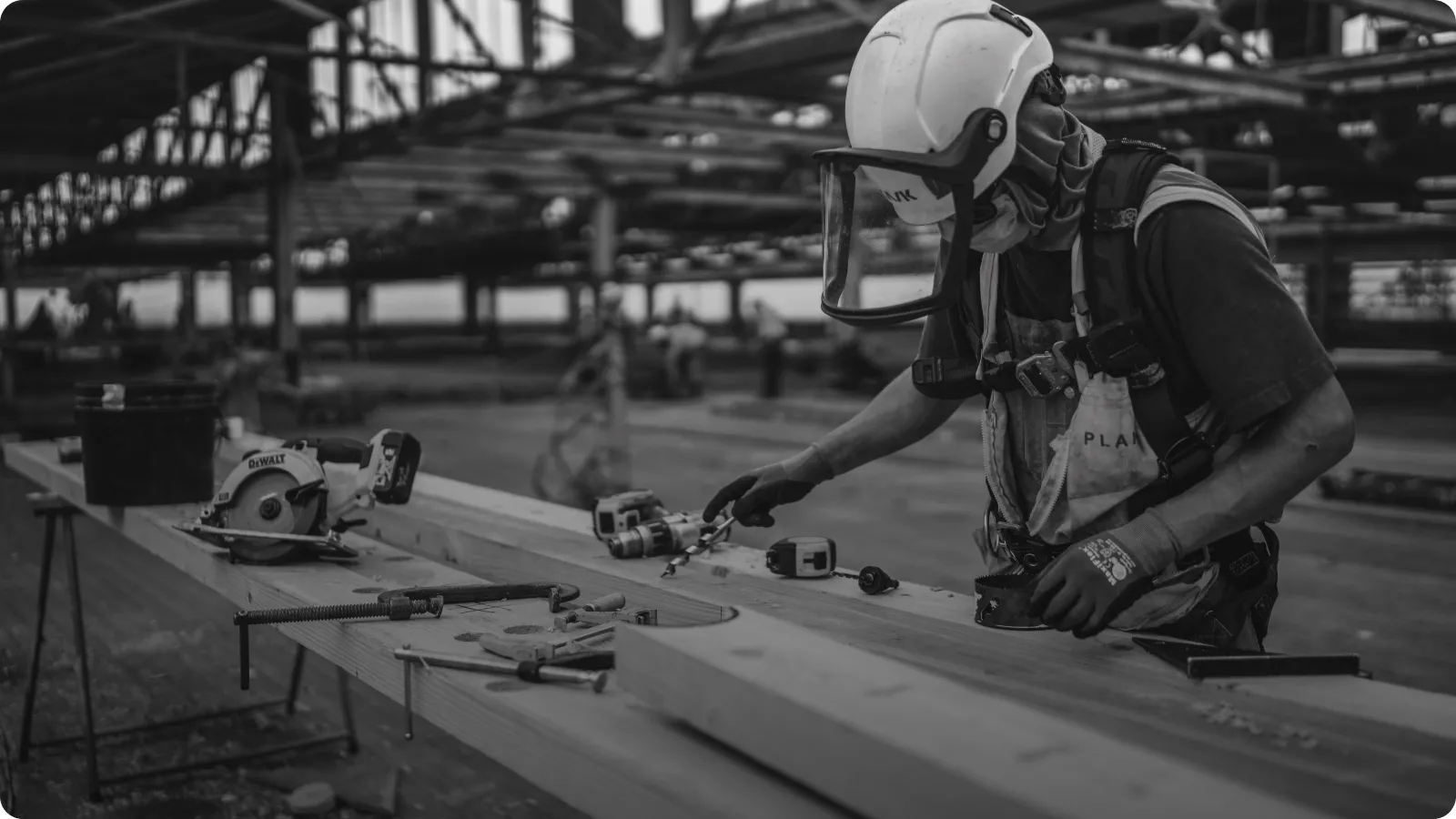


Definition of BIM Modeling
BIM, or Building Information Modeling acts as a crystal ball for the construction and design industries, offering a glimpse into the future of projects. With BIM, envision every detail before breaking ground—a digital representation of physical and functional aspects. Explore the unparalleled benefits of BIM modeling for enhanced collaboration, cost savings, and sustainable design.
Brief history and evolution of BIM
A fun fact to kick things off: Did you know BIM has been around since the 1970s? Yep, it started as a simple concept of ‘building modeling’. Over the decades, as technology sprinted forward, BIM evolved into the comprehensive and collaborative process we know today – empowering professionals to make informed decisions throughout a building’s lifecycle.
Importance of BIM in the construction and design industries
Why is BIM such a big deal, you ask? Well, it revolutionizes how structures, from the humblest homes to the tallest skyscrapers, are planned, designed, built, and maintained, making the entire process smoother, more efficient, and let’s not forget, exciting!



1. Improved Collaboration and Communication
Enhanced communication among project stakeholders
Gone are the days of frustrating miscommunications and endless back-and-forth. With BIM, everyone from architects to engineers, and even clients, can hop on the same page literally – sharing models and feedback in real-time.
Collaborative decision-making processes
Imagine sitting around a table where everyone’s ideas are heard and integrated seamlessly. BIM makes this possible, fostering a spirit of cooperation and joint decision-making.
Reduction of errors and conflicts through shared models
Mistakes are reduced drastically because BIM helps spot issues early on. It means less time fixing errors and more time making progress.
2. Enhanced Project Visualization
3D modeling for better project understanding
With BIM, 3D models bring every aspect of the project to life, helping everyone visualize the final outcome with stunning detail and clarity.
Virtual reality (VR) and augmented reality (AR) applications
Dive into the future with VR and AR – technologies that BIM integrates with to provide immersive experiences. Imagine walking through your project before it’s even built. Pretty cool, right?
Improved client engagement and stakeholder buy-in
When clients can see and understand the vision so clearly, they’re more likely to get excited and on board with ideas, making the whole process a lot smoother.
3. Increased Efficiency in Design and Construction
Streamlined design processes
BIM streamlines the design process by enabling real-time updates and edits, cutting back on redundant steps, and saving precious time.
Early clash detection and resolution
Imagine knowing about potential clashes before they become costly issues. That’s the power of BIM – spotting and solving problems before they escalate.
Faster and more accurate construction planning
BIM provides a level of precision that traditional methods can’t match, making construction planning faster and reducing the likelihood of unpleasant surprises.
4. Cost Savings and Resource Optimization
Reduction of rework and design changes
With BIM, what you see is what you get. This clarity reduces the need for rework and last-minute design changes, saving money and resources.
Efficient resource allocation and utilization
BIM helps ensure resources are used wisely, from materials to manpower, making sure every dollar and every hour counts.
Long-term cost benefits and return on investment (ROI)
Investing in BIM may seem like a big step, but it’s one that pays off in spades over time through significant cost savings and a strong ROI.
5. Lifecycle Management and Facility Maintenance
BIM’s role in asset management
BIM isn’t just for building; it’s also for maintaining. It provides invaluable data that help in efficient asset management throughout a facility’s lifecycle.
Facility maintenance and operational efficiency
Imagine having a digital twin of your building that helps you manage maintenance and operations efficiently. That’s BIM for you.
Data-driven decision-making for ongoing projects
With BIM, decisions are no longer just gut feelings but are backed by rich, accurate data ensuring that every choice is informed.
6. Sustainability and Environmental Considerations
Energy analysis and simulation capabilities
BIM goes green, offering tools for energy analysis and simulation, helping projects meet sustainability goals and reduce environmental impact.
Environmental impact assessment
Before the first brick is laid, BIM allows you to assess and mitigate the environmental impact of your projects.
BIM’s contribution to sustainable and green building practices
In the push towards a greener planet, BIM is a valuable ally, promoting sustainable building practices that benefit both people and the environment.
7. Regulatory Compliance and Documentation
Ensuring compliance with building codes and regulations
With BIM, staying on the right side of regulations and codes becomes a breeze, as compliance is built into the modeling process.
Automated documentation and record-keeping
Forget about mountains of paperwork. BIM keeps records neat, organized, and accessible with just a few clicks.
Facilitating audits and inspections through comprehensive data
Come audit time, BIM stands out by providing a wealth of detailed data, making inspections smoother and less headache-inducing.
8. Challenges and Solutions in Implementing BIM
Common challenges in BIM adoption
Adopting BIM can have its bumps – from initial investment costs to the learning curve for teams. But fear not…
Strategies for overcoming obstacles
…because with the right strategy, such as phased implementation and training programs, these hurdles can be easily overcome.
Success stories of organizations benefiting from BIM
From small firms to massive corporations, countless organizations have made the leap to BIM and reaped its many rewards – a true testament to its value.
9. Future Trends in BIM
Advancements in technology impacting BIM
The future of BIM is as bright as a polished diamond, with ongoing advancements in technology further enhancing its capabilities.
Integration with emerging technologies (AI, IoT, etc.)
Imagine BIM shaking hands with AI and IoT, creating smarter, more connected, and more intuitive building models. The possibilities are endless.
Benefits of BIM Modeling: Potential Developments and their Implications for the Industry
The sky’s the limit for BIM. As it continues to evolve, it promises to reshape the construction and design landscapes in ways we can only begin to imagine.
10. Conclusion
Recap of key benefits of BIM modeling
BIM is more than just a tool; it’s a game-changer, offering improved collaboration, increased efficiency, cost savings, and so much more.
Call to action for organizations to embrace BIM
If your organization hasn’t embraced BIM yet, what are you waiting for? The benefits are clear, and the future is bright.
BIM in Construction and Design Sectors – Embracing the Benefits of BIM Modeling for Collaboration
With its roots already deep, the future of BIM in construction and design is not just promising; it’s inevitable. The revolution is here, and it’s built with BIM.





